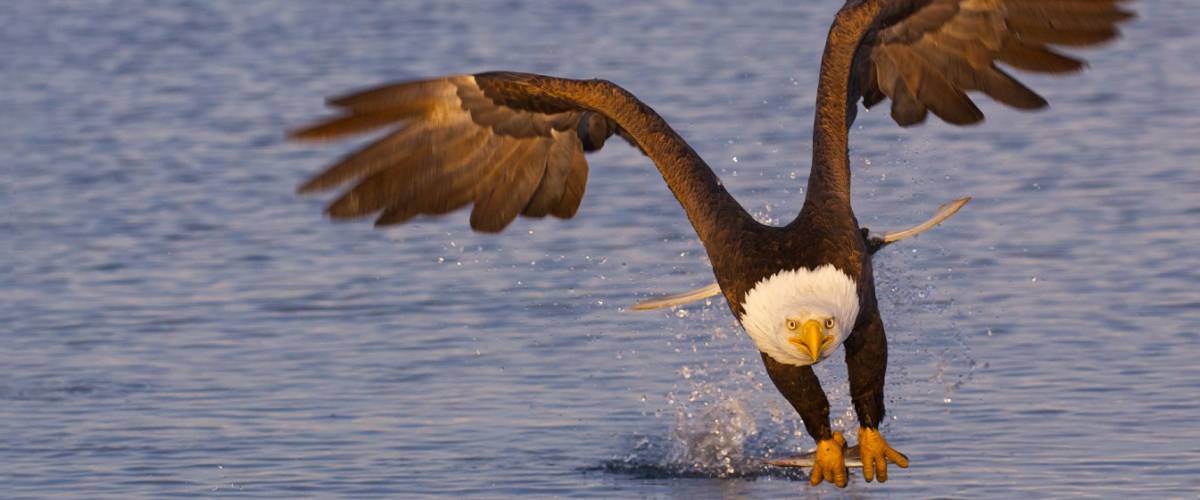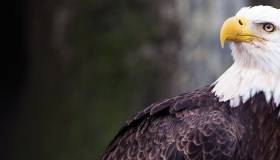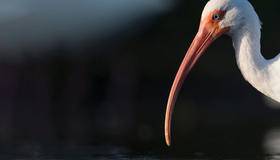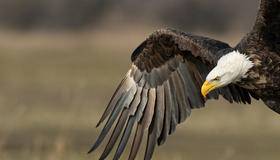
October 18, 2018 – Lead poisoning is one of the most sinister threats to our wild, winged friends, especially this time of year. Fall, for many outdoorsmen, is a popular season to hunt big game. The lead shot used by hunters can lead to increased rates of lead poisoning in many wild birds.
Birds often consume lead in the form of shotgun pellets, which could have been misfired in their environment, left in the remains of carcasses of animals like deer, or in other birds that have ingested it themselves. Waterfowl, for instance, when impaired by lead ingestion, become easy prey for eagles.
In large enough quantities, lead can cause severe damage to the heart, kidneys, liver, brain, nervous system and other organs. Excessive lead exposure can cause seizures, behavioral disorders, cognitive problems and may even lead to anemia.
Morris Animal Foundation has funded several studies to address lead poisoning health issues in birds such as Argentine ducks, California condors and Northern mockingbirds. The Foundation’s two most recent studies on the threat, however, focus on the conservation of bald eagles.
The first study, completed a year ago at the University of Minnesota, looked at the cardiac health of these birds of prey. Researchers compared three different cardiac diagnostic tools to assess whether bald eagles recovering from lead poisoning can successfully be released back into the wild.
Their investigation was inspired by a separate study that showed more than 35 percent of lead-poisoned eagles had heart lesions severe enough that survival would be difficult if returned to their native habitat. Making this determination is challenging, though, as there are currently few ways for wildlife rehabilitation hospitals and veterinarians to properly assess the heart health of bald eagles recovering from lead poisoning. This team evaluated diagnostic tools to measure the heart strength and functional ability of bald eagles treated for and recovering from lead exposure.
Though the team wasn't able to examine as many eagles as they would have liked, they found that if certain best practices are applied in treating eagles for lead poisoning, there is a reasonable expectation of survivability among those released.
The second study, seeking to understand the full impact of lead poisoning in bald eagles, is underway at Cornell University. The team will analyze a massive amount of information derived from multiple data sources to learn if lead continues to impact the long-term health and recovery of bald eagles as a species, as their death and illness rates are comparable to rates seen prior to the 1991 ban on lead shot used in waterfowl hunting. The sources the team will draw from include mortality statistics as they relate to lead, different life stage survival rates and reproduction of bald eagles. This new information will be used to help inform policy and public communication about lead exposure in bald eagles and other wildlife.
It doesn’t take much lead contamination to impact the health of wild birds. We hope studies like these, made possible by your support, can help us understand just how great those impacts are. We can then raise awareness and devise better solutions to allow these iconic raptors live longer, healthier lives.




